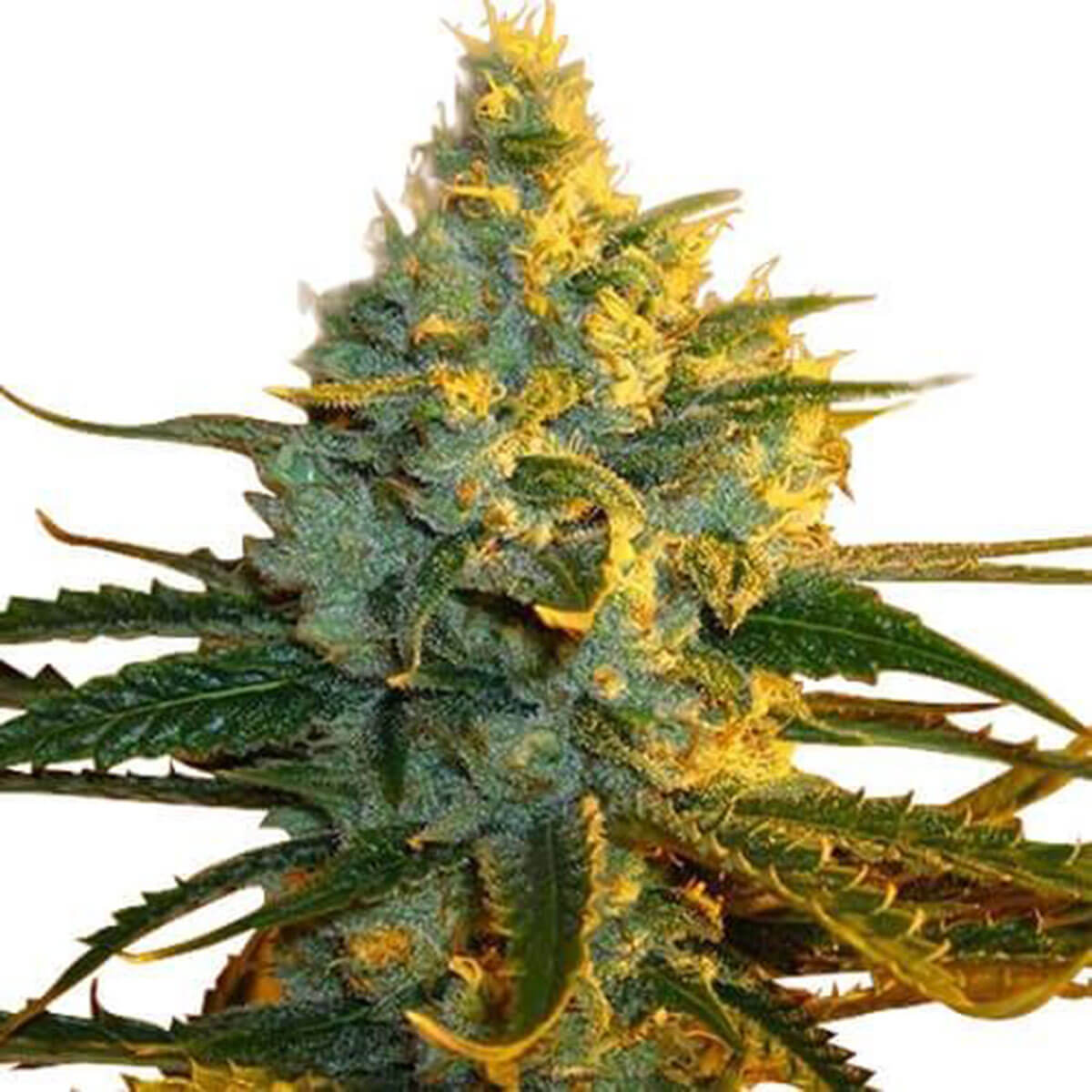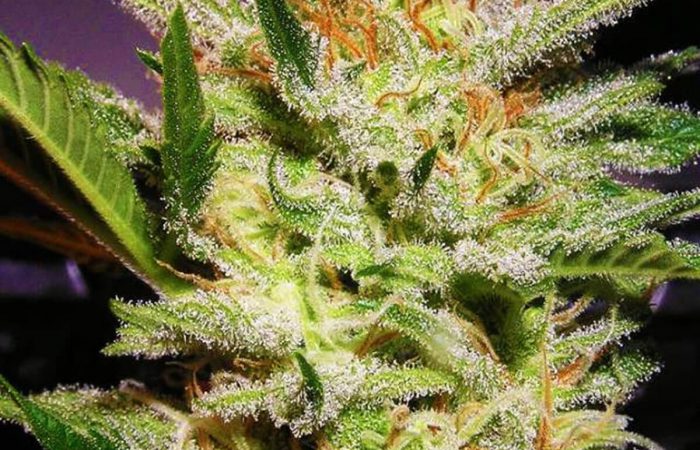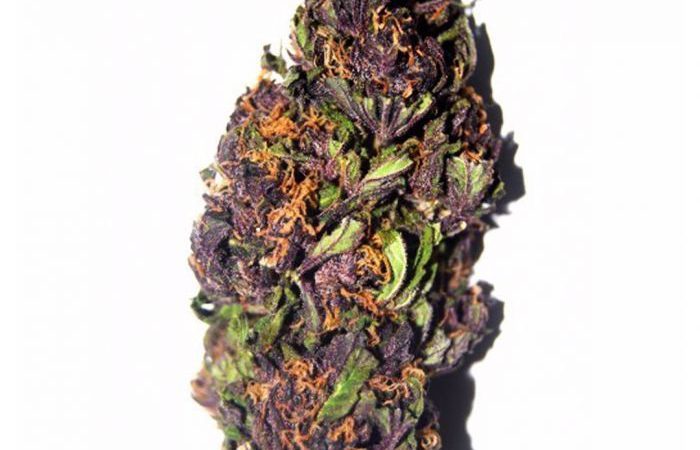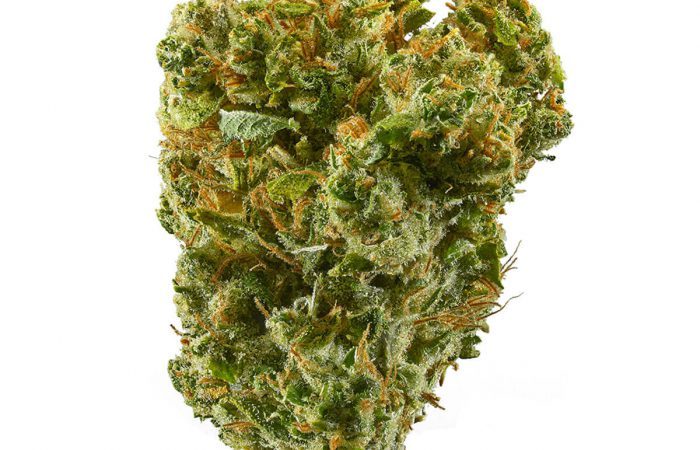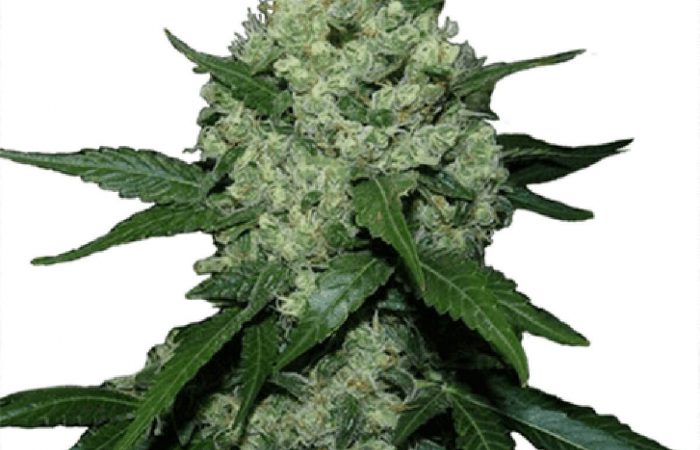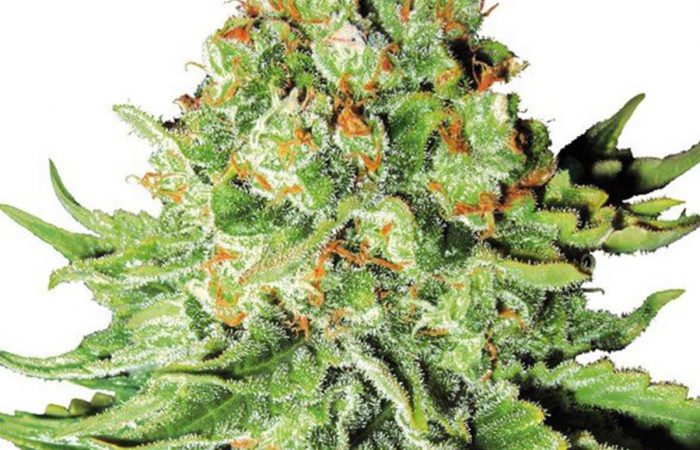Super Lemon Haze Strain FAQ
I heard Super Lemon Haze stretches quite a lot. What can I do to prevent or minimize this?
One of the most common problems faced by Super Lemon Haze growers is stretch. This occurs when plants become too tall and thin, causing them to produce fewer buds. There are several ways to prevent stretching, including topping, training, and pruning. Topping is a technique in which the main stem is cut back, encouraging the plant to branch out. Training involves tying down the main stem to force the plant to grow sideways. And finally, pruning is a process of removing excess leaves and branches to encourage new growth. By using one or more of these methods, cannabis growers can effectively prevent their plants from stretching too much.
Why is Screen of Green suitable for tall cannabis strains like Super Lemon Haze, and how do I perform it?
The Screen of Green (ScrOG) technique is a popular method of training cannabis plants that can be used to achieve better yields and create more even canopies. The basic idea is to use a screen or lattice to support the plant as it grows, allowing you to control the shape and direction of growth. This can be especially useful if you are growing in a small space, as it allows you to maximize the amount of light that each plant receives. ScrOG also has the added benefit of increasing air circulation around the plant, which can help to prevent mold and pests. To train a cannabis plant using the ScrOG method, you will need to start with a young plant that has been properly pruned. Once your plant is ready, carefully weave the stems through the openings in the screen or lattice. As the plant grows, continue to tuck new growth into the screen until fully covered. Be sure to check on your plants regularly and adjust the screen’s position as needed to ensure that each plant receives an even amount of light. With a bit of patience and attention, you can use the ScrOG technique to produce bountiful harvests of beautiful, healthy cannabis plants.
How do I know when it’s the right time to harvest?
It’s important to know when to harvest your cannabis buds to get the most potent and delicious product possible. There are a few different ways to tell if your buds are ready for harvest. One is to look at the trichomes, or tiny crystals, on the surface of the buds. If around 70% are cloudy or milky white and 30% are amber, it’s time to harvest. Another way to tell is by looking at the pistils, or hairs, on the buds. If they start to turn from white to brown, it’s time to harvest. You can also gently squeeze a bud between your fingers. If it feels firm, it’s ready for harvest. Keep in mind that you can always check your buds multiple times before harvesting to be sure they are at peak ripeness.
What are the signs of underfed cannabis?
Cannabis plants are known to be hearty and resilient, but even they need a little help from time to time. One of the most common problems that growers face is underfeeding, which can result in a number of negative consequences. For example, underfed plants may produce smaller leaves, exhibit impaired growth, and produce weaker stems. In addition, the buds may be smaller and less resinous, and the taste may be adversely affected. Growers who suspect that their plants are underfed can take some steps to rectify the situation. First, they should check the soil to ensure that it provides adequate nutrients. Second, they should ensure that the plants get enough light and water. Finally, they should consider using a high-quality fertilizer explicitly designed for cannabis plants. Growers can ensure that their plants get the nourishment they need to thrive by taking these steps.
